- No products in the cart.
Grippoflyu powder for solution 13g 10 pcs cranberries
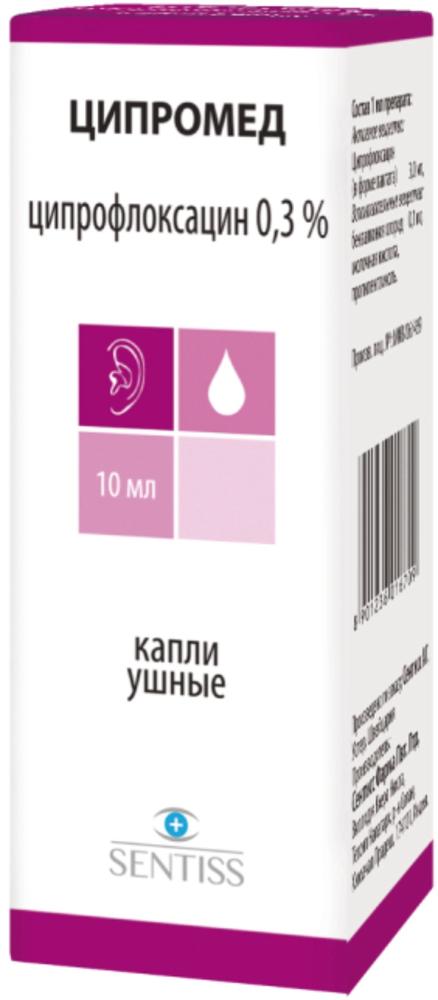
Tsipromed ushn drop. 0.3% 10ml-vial cap.
$2.95
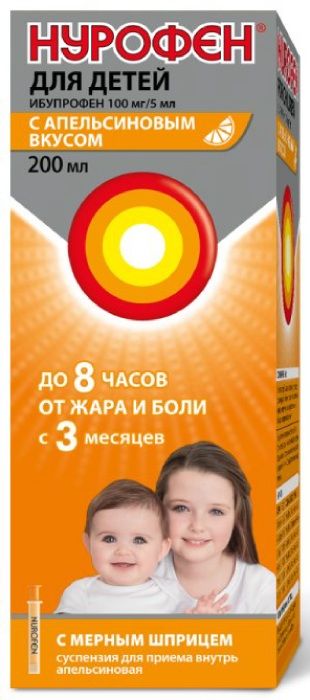
Nurofen for children oral suspension 100mg / 5ml 200ml fl.plast with a syringe dosing orange
$5.59
$9.34
Grippoflyu powder for solution 13g 10 pcs cranberries
SKU: 01382451972 Categories: Cold and flu, Medicaments, Temperature Tags: Grippoflyu, paracetamol + phenylephrine + ascorbic acid + pheniramine
Description
Composition
Active substance:
1 sachet contains: Paracetamol 0.325 g, 0.010 g of phenylephrine hydrochloride; pheniramine maleate 0.020 g 0.050 g Ascorbic acid
Excipients:
Sugar, citric acid, sodium citrate dihydrate, flavor “Cranberry” or “raspberry” or “strawberry” or “Currants” calcium 3-substituted phosphate, silica, a colorant titanium quinoline yellow E-104, acid red 2C for pharmaceutical purposes .
Description:
Granular powder pink color with white patches, with a characteristic smell of berry. Presence of crystals and lumps easily crumbling. When dissolved in hot water for 2 minutes a pink opalescent solution.
Product form:
13.0 g of a powder package of composite material. 10 packets in packs of 100 or cardboard packages in cardboard boxes.
Contraindications
Arterial hypertension, diabetes, angle-closure glaucoma, severe liver disease, kidney, heart, thyroid, lung (including asthma), bladder, gastric ulcer and duodenal ulcer, pancreatic disorders, difficulty urinating in prostate gland blood system diseases, the enzyme deficiency, glucose-6-phosphate dehydrogenase, increased sensitivity to the individual components of the preparation. Pregnancy and lactation. Children under the age of 12 years.
Precautions: Congenital hyperbilirubinemia (Gilbert syndrome, Dubin-Johnson and Rotor), angle-closure glaucoma, prostatic hyperplasia.
Indications
Infectious inflammatory diseases (SARS, influenza), accompanied by high fever, chills and fever, headache, rhinitis, nasal congestion, sneezing and sore muscles.
Interaction with other drugs
Enhances the Effects of monoamine oxidase inhibitors, sedative drugs, ethanol. Ethanol enhances the sedative effect of antihistamines drugs. Antidepressants, antipsychotics and antiparkinsonian drugs, phenothiazine derivatives increase the risk of urinary retention, dry mouth, constipation. Corticosteroids increase the risk of increased intraocular pressure. Paracetamol reduces the effectiveness of uricosuric drugs and increases the efficiency of indirect anticoagulants. Tricyclic antidepressants increase the sympathomimetic effects, co-administration of halothane increases the risk of ventricular arrhythmias. Reduces hypotensive effect of guanethidine, which in turn increases the activity of alpha-adrenostimuliruyuschee phenylephrine.
Overdose
Symptoms (caused by paracetamol): pale skin, loss of appetite, nausea, vomiting; gepatonekroz. Toxic effects in adults is possible after receiving more than 10-15 g of paracetamol: increased activity “liver” transaminases, increased prothrombin time (via 12-48ch after ingestion); a full-blown liver disease is manifested through 1-6 days. Rarely hepatic insufficiency develops lightning and can be complicated by renal insufficiency (tubular necrosis). Treatment: administering donators SH-groups and synthesis of glutathione-methionine precursor through 8-9 hours after the overdose and N -atsetiltsisteina through 12 hours. The need for additional therapeutic interventions determined depending on the blood concentration of paracetamol, as well as on the time elapsed after administration.
pharmachologic effect
Pharmacological group:
ARI and “cold” means eliminating symptoms (non-narcotic analgesic agent + alpha adrenergic mimetic + H1-histamine receptor blocker + vitamin).
Pharmacological properties:
Combined preparation. Paracetamol – a non-narcotic analgesic effect on pain centers and thermoregulation. It has analgesic and antipyretic effect. Reduces headache and muscle aches, fever phenomenon, soothes sore throat.
Pheniramine – blocker H1-histamine receptors, antiallergic agent, rhinorrhea and epiphora reduces, eliminates spasticity.
Phenylephrine – adrenoagonists with mild vasoconstrictor activity, reduces nasal congestion and facilitates breathing through the nose.
Ascorbic acid – involved in the regulation of redox processes, carbohydrate metabolism, blood coagulation, increases resistance to infection, reduces vascular permeability. It improves the tolerability of paracetamol and prolongs its action.
Conditions of supply of pharmacies
Without recipe.
side effects
Allergic reactions (rash, pruritus, urticaria, angioneurotic edema), nausea, epigastric pain, anemia, thrombocytopenia, agranulocytosis. Irritability, dizziness, increased blood pressure, palpitations, impaired sleep. Increased intraocular pressure, dry mouth, urinary retention. With prolonged use of large doses may hepatotoxicity and nephrotoxicity (renal colic, glycosuria, insterstitsialny nephritis, papillary necrosis), hemolytic anemia, aplastic anemia, methemoglobinemia, pancytopenia.
special instructions
Without a doctor should not use the drug for pregnant women and nursing mothers, as well as patients receiving treatment with other drugs. In particular monoamine oxidase inhibitors.
The drug is not indicated for children under the age of 12 years.
Before the drug is not recommended to drive a car or other mechanisms, to drink alcohol, tools, central nervous system depressants (hypnotics, tranquillizers and so on. N.).
Storage conditions
Store in a dry, dark place at a temperature not higher than 30 C.
Dosing and Administration
Dissolve contents of one packet in 1 cup of boiling hot water; drink hot. You can add sugar to taste. Repeated dose may be administered every 4 hours, but no more than 3 doses within 24 hours. The duration of intake as antipyretic – not more than 3 days.
Information
Appearance may differ from that depicted in the picture. There are contraindications. You need to read the manual or consult with a specialist
Additional information
| Weight | 0.100 kg |
|---|---|
| Manufacturer | Grippoflyu |

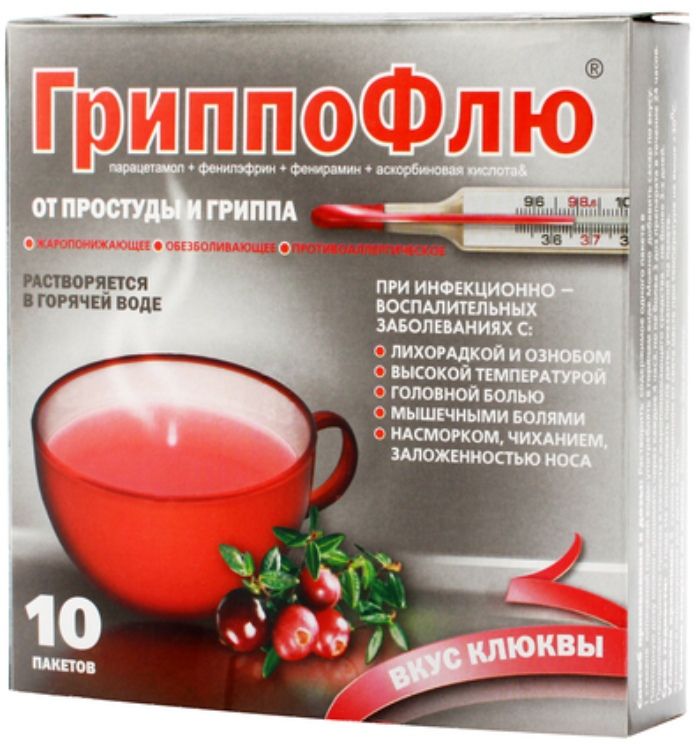
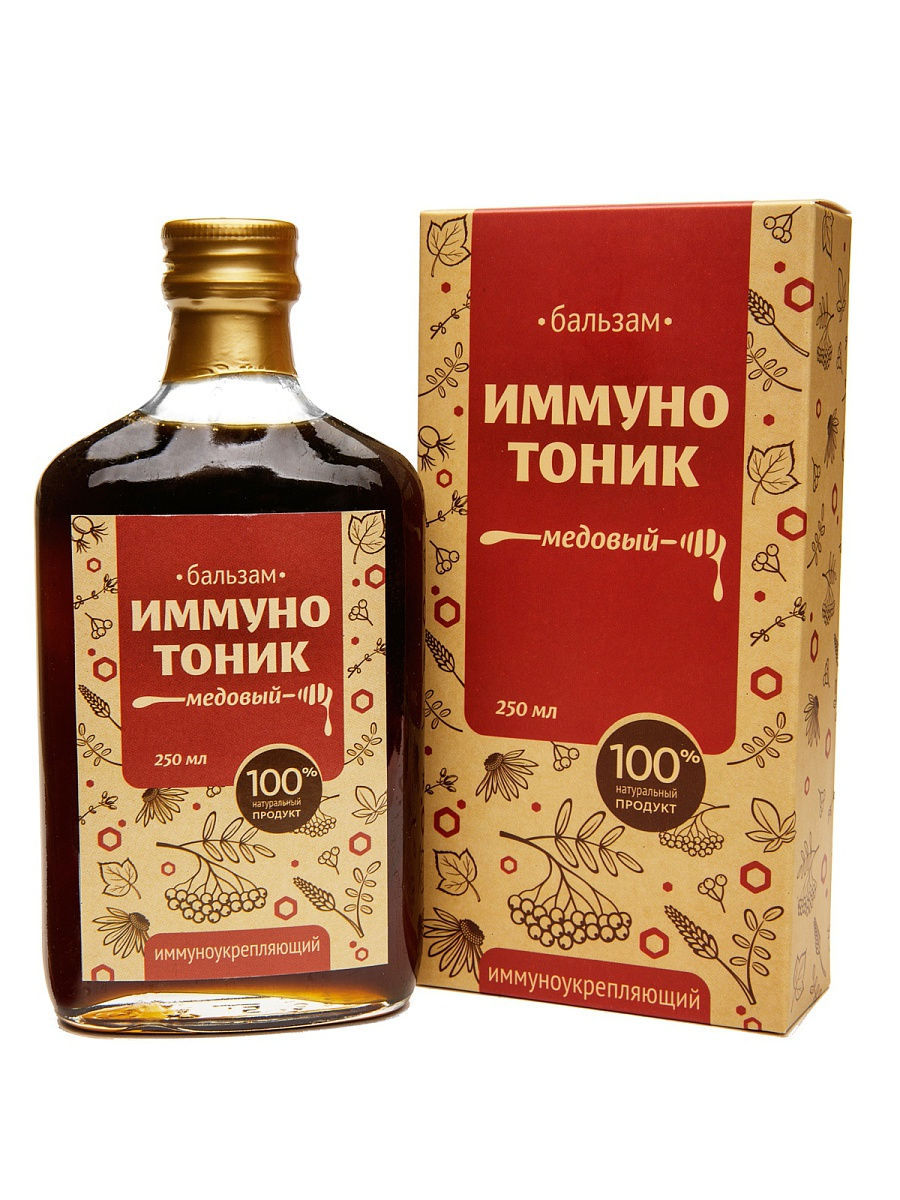
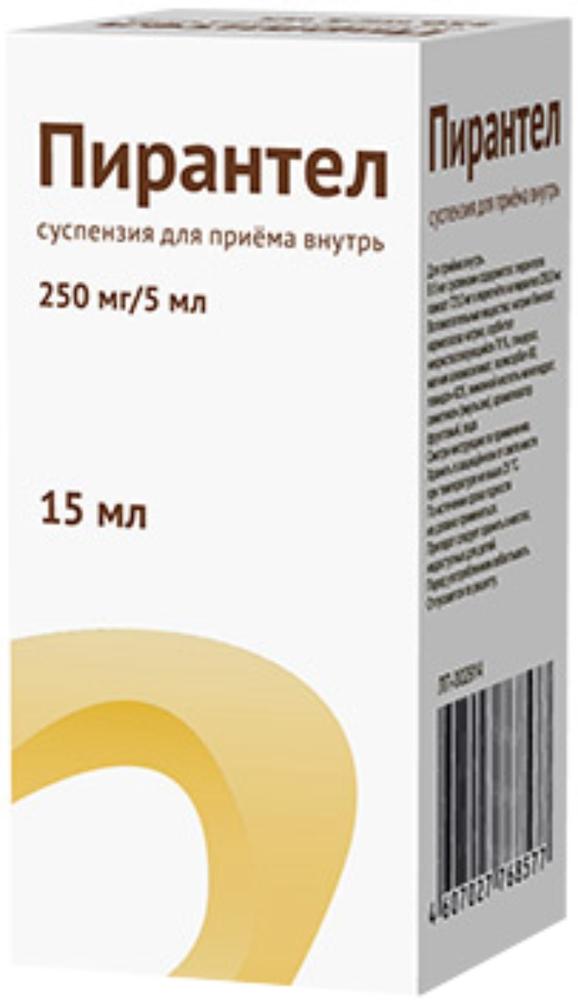
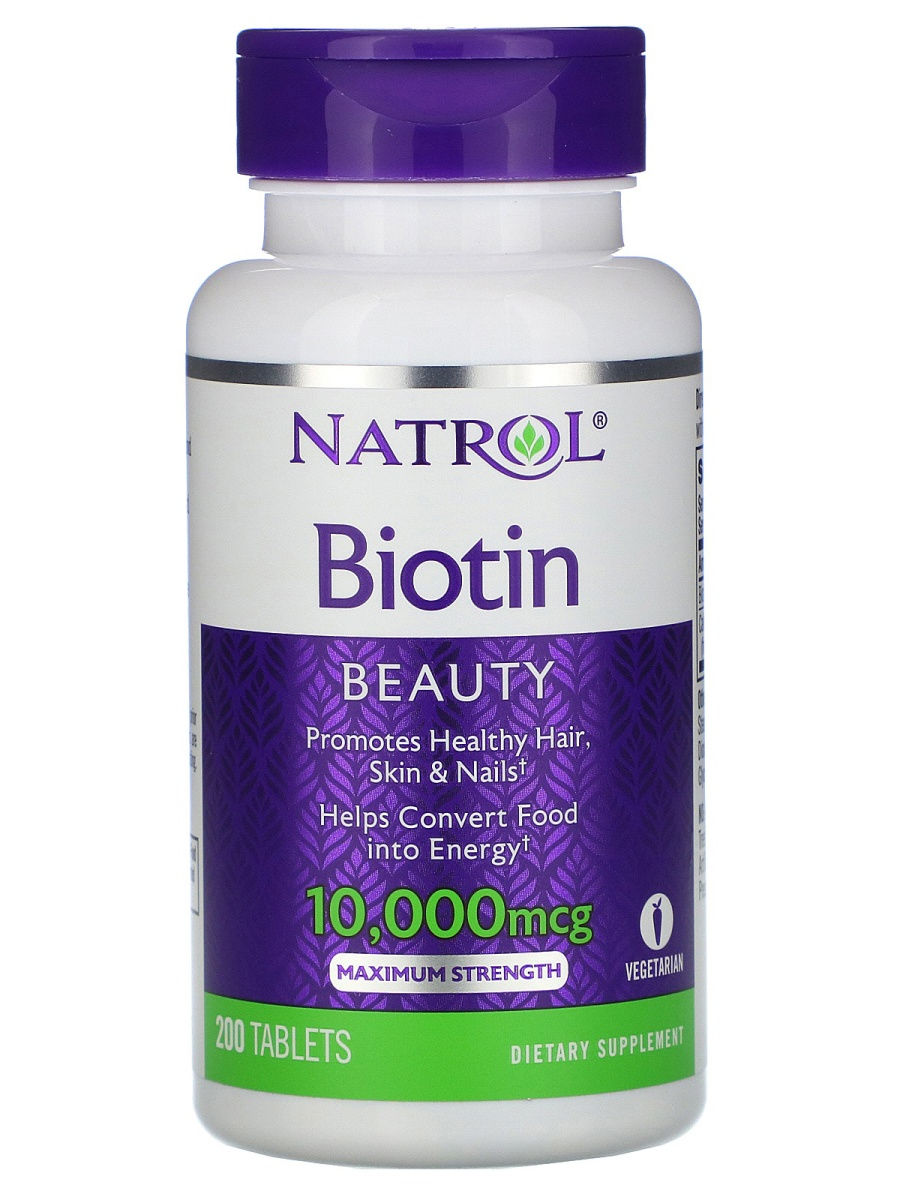
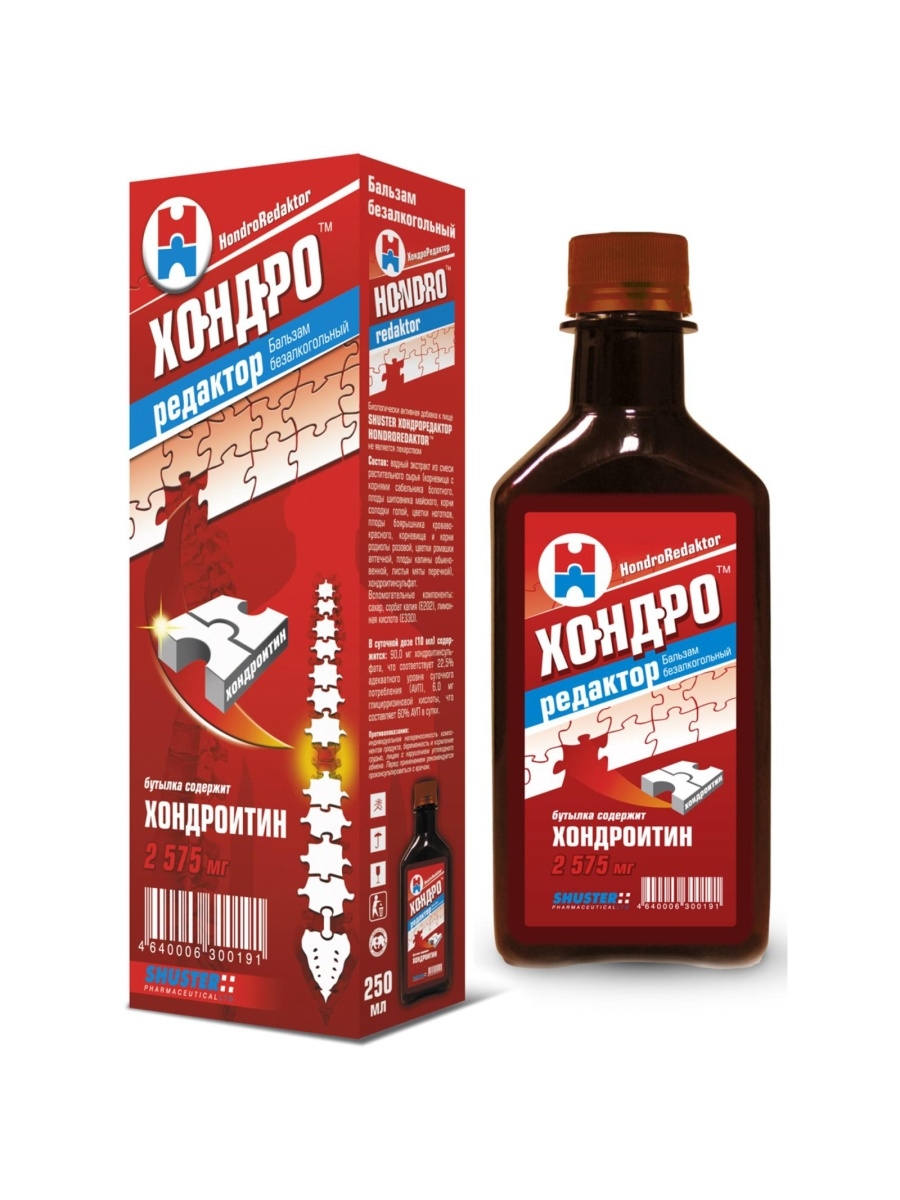
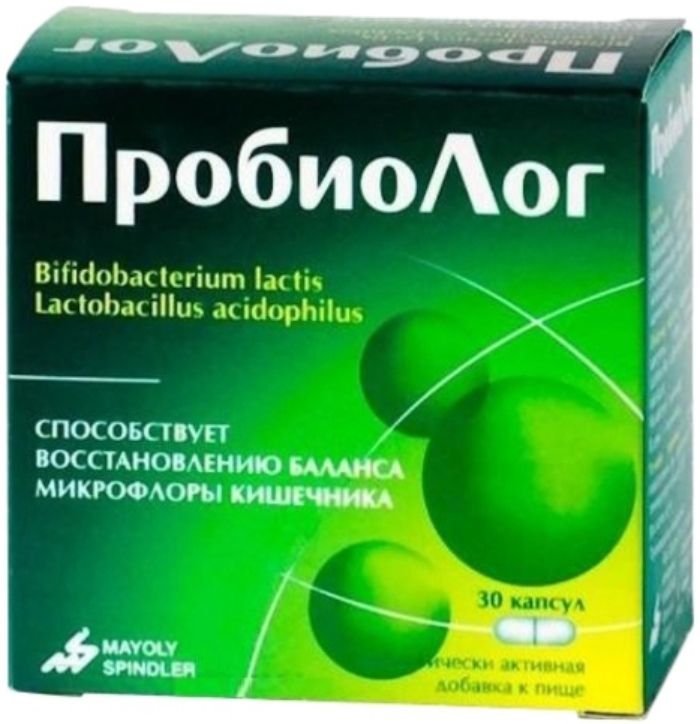
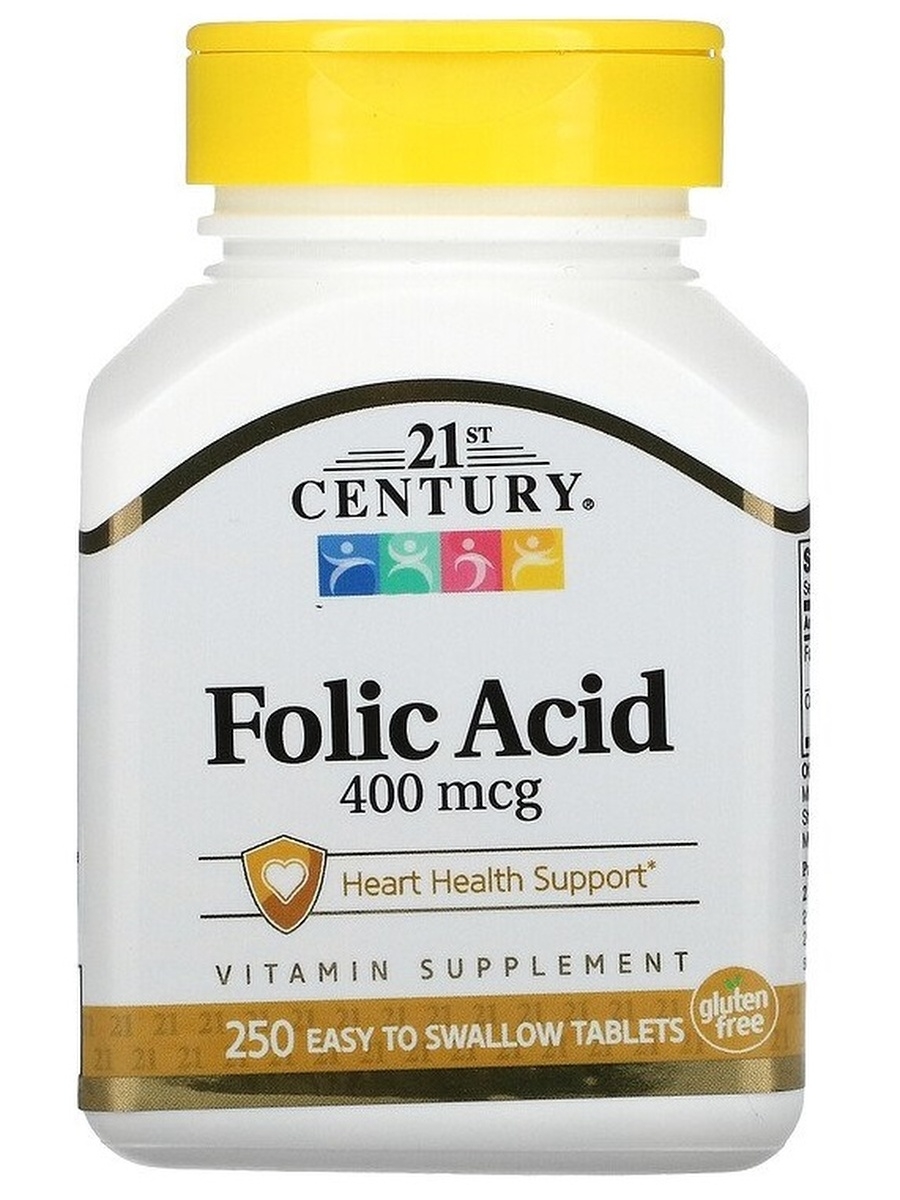




There are no reviews yet.